How a 9,000-Year Lease Turned Guinness Into the Ultimate Masterclass in Legendary Business Deals
Ever wondered how a simple, almost quirky business move can turn into a global empire? Well, the release of House of Guinness on Netflix isn’t just another family drama — it’s a look deep into one of Ireland’s biggest, boldest success stories. Picture this: Arthur Guinness pens a 9,000-year lease for a rundown brewery in Dublin, shelling out what today would be about €12,864 a year. Sounds like a gamble, right? But this savvy deal wasn’t just a footnote; it was the cornerstone of creating the world’s iconic stout—Guinness, the “Black Stuff” that’s become a household name and massively lucrative brand worldwide. The show tracks Arthur’s four great-grandkids stepping into shoes filled with legacy and ambition after their father Benjamin’s passing — and trust me, the business battles and boozy triumphs that follow are anything but dull. From a disused gate to the most visited attraction in Ireland and a potential $10 billion valuation, all that golden (or maybe black) success kicked off from one lease that basically rewrote brewing history. Intrigued? Dive into the story behind the legend. LEARN MORE
The premiere of House of Guinness on Netflix has drawn attention to perhaps the greatest success story in Irish business, Guinness.
The Black Stuff has become an iconic stout around the world, driven by its distinctive look and taste and powerful marketing campaigns across print and television over the past century.
House of Guinness depicts the lives of founder Arthur Guinness’ four great-grandchildren as they come into possession of the family business following the death of their father, Benjamin.
Of course, the fortune they inherited would not have existed if Arthur Guinness had not made one very savvy deal – the 9,000-year lease for the St James’s Gate brewery in Dublin.
Guinness’ 9,000 year lease for £45 per year
In 1759, Arthur Guinness signed a 9,000-year lease for a disused brewery in the Liberties district of Dublin for an annual rent of £45, or around €12,864 today.
St James’s Gate has been the home of Guinness ever since then, and became the world’s largest brewery in 1886 after Benjamin’s success in exporting the stout internationally.
The company has since bought out the originally leased property and expanded its footprint, buying up most of the buildings in the surrounding area. The Guinness Storehouse on site is now the most visited attraction in Ireland, welcoming 1.65m visitors last year.
Earlier this year, Bloomberg reported that Guinness could be valued at $10bn (€9.5bn) as parent group Diageo considered a possible sale, bolstered by a new generation of drinkers “splitting the G” as well as growing market share in Africa and Asia.
It is estimated that more than 10 million pints of Guinness are sold every day, contributing to Diageo’s annual beer sales of $4.5bn, and it all started with that lease.
Coca-Cola sells bottling rights for $1
Coca-Cola remains one of the world’s most iconic and successful companies. In Ireland, the soft drink has been the top-selling brand in value terms for 21 successive years, according to Checkout.
Originally, Coke was sold as a concentrated syrup to soda fountains where it was mixed with water and carbonated for consumption. In 1899, the company sold 280,000 gallons of syrup or enough to make 36m drinks.
Tennessee lawyers Ben Thomas and Joseph Whitehead had the idea to bottle Coke. Owner Asa Candler was sceptical of their plans, but eventually relented, selling them the rights to bottle Coke everywhere but Texas, Mississippi, and New England for $1.
Short of the funds necessary to build bottling plants, Thomas, Whitehead and business partner John Lupton re-licensed the Coke bottling rights to local bottlers in cities around the US and would collect a few cents on every gallon of Coca-Cola syrup sold.
After a disagreement over strategy, Thomas and Whitehead split up and divided the nation between them, with Lupton joining Whitehead, who controlled much of the South and southwestern states.
Between, Coca-Cola bought out Whitehead and Lupton’s interest in the south, west and south-west regions for unknown amounts, but Lupton’s heirs kept some bottling operations and remained the largest bottlers of Coke.
In 1974, Coca-Cola bought the Coca-Cola Bottling Company (Thomas) from Thomas’ heirs for $35m (or $230m in 2025). In 1986, the company paid Lupton’s grandson $1.4bn ($4.1bn now) to acquire his bottling operations, which bottled about 12% of Coke in the US.
Google acquires YouTube for $1.65bn
In 2006, the search giant bought YouTube for $1.65bn shortly after the then-nascent video-sharing site quelled copyright infringement concerns by securing three agreements with major media companies.
In its early days, YouTube drew comparisons to Napster, the file-sharing service that was sued out of existence by record labels and artists, but those agreements and Google’s stewardship ensured it would become a cornerstone of the internet.
At the time of the acquisition, YouTube had just under 20 million monthly visitors. Now, the site has 2.7bn active monthly users, and YouTube Music and Premium have exceeded 125m subscriptions.
The site generates tens of billions of dollars in advertising revenue for Google every year. In 2024 alone, YouTube adverts brought in $36.1bn for the group, over 20 times the amount Google paid for the site nearly 20 years ago.
Facebook buys Instagram for $1bn
Similar to Google with YouTube, Facebook identified Instagram as fierce competition in the social media sphere and neutralised the growing threat by acquiring the photo-sharing app for $1bn in cash and stock in 2012.
At the time, just 18 months after launch, Instagram had 30 million registered users with around 60 photos being uploaded to the platform every second. When it launched for Android, it gained a further million users in 12 hours.
In September, Meta CEO Mark Zuckerberg announced Instagram had reached 3bn monthly active users. Meta no longer reports revenue for Instagram, but the group brought in turnover of $164.5bn last year and net income of $62.4bn.
Research firm eMarketer reported in December that Instagram would account for more than half of Meta revenues in the US this year.
Steve Jobs buys Pixar for $5m
The late Steve Jobs is considered forward-thinking for his leadership of Apple, prioritising ease-of-use and sleek minimalism in the design of the company’s products as personal computing entered the mainstream.
His stewardship of Apple was rocky, though. Indeed, he left the company in 1985 before returning more than a decade later and launching the iMac, iPod, iPhone and other products that made the tech giants one of the world’s most successful firms.
Shortly after leaving Apple, Jobs bought the computer graphics division of Lucasfilm, the production company behind Star Wars and Indiana Jones, for $5m
It would be renamed Pixar and go on to produce the first computer-animated feature film, Toy Story in 1995, illuminating the future of animation for Disney, which helped to produce the film.

Pixar would produce a number of blockbusters films for Disney, including Toy Story 2, Monsters, Inc and Finding Nemo over the next decade, generating international box-office receipts of $3.76bn while becoming central to Disney’s business.
As a result, Disney bought Pixar for $7.4bn in stock, making majority owner Jobs one of the House of Mouse’s largest shareholders as well as a director of the company.
(Pic: Adrien Fillon/NurPhoto via Getty Images)
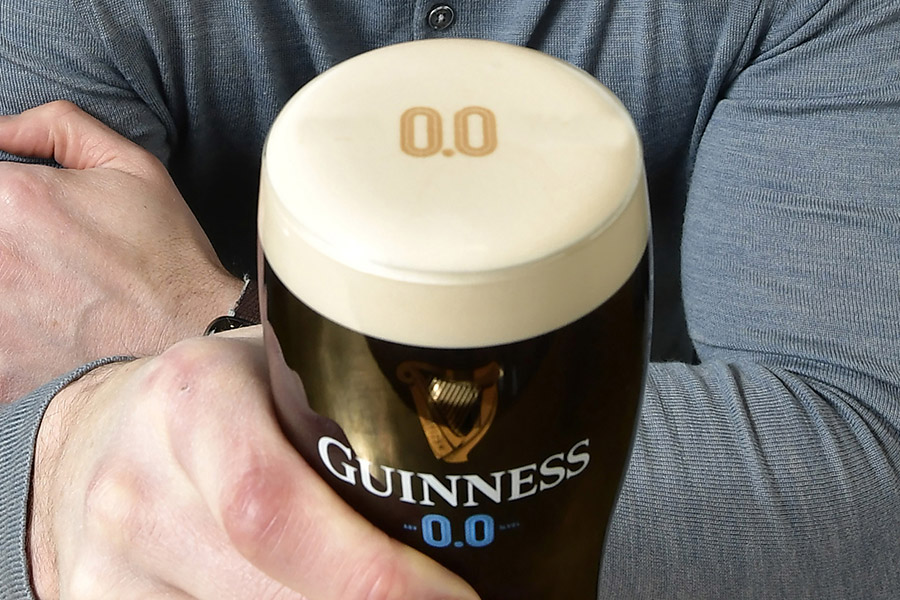


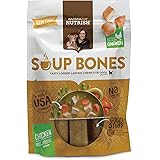


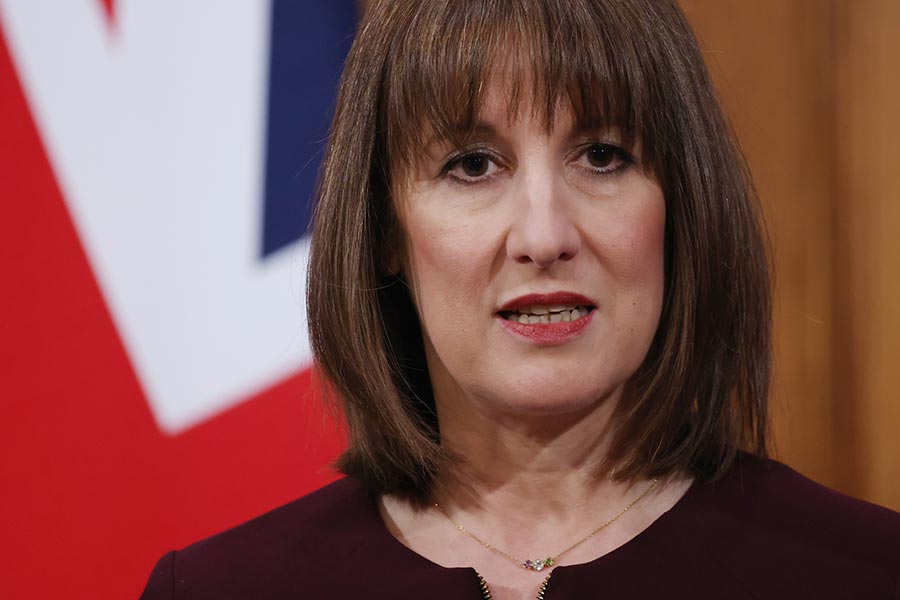

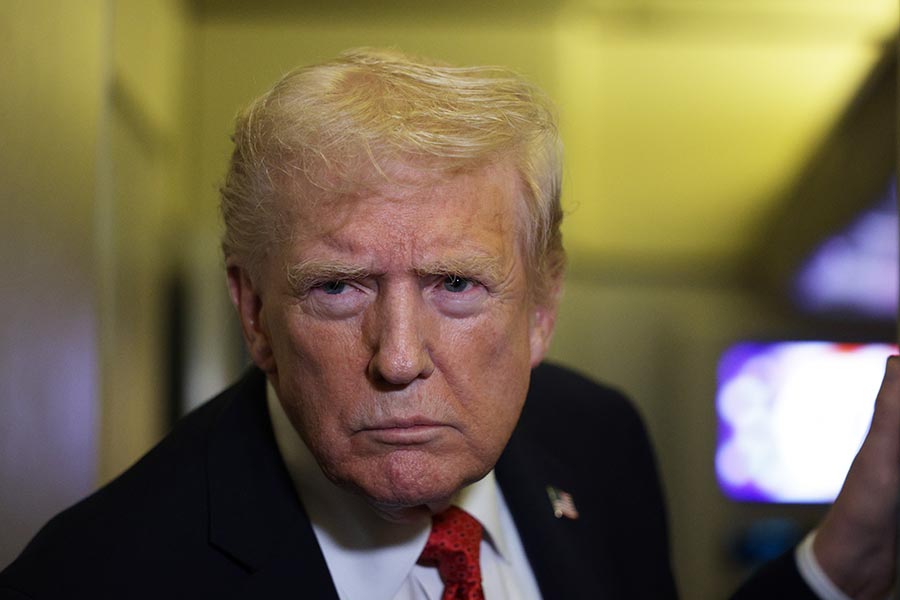



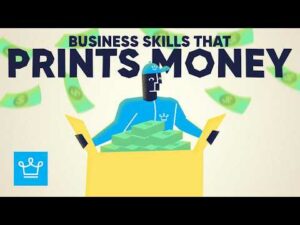







Post Comment